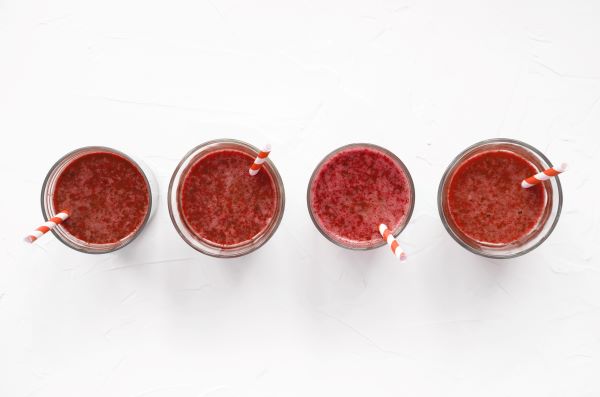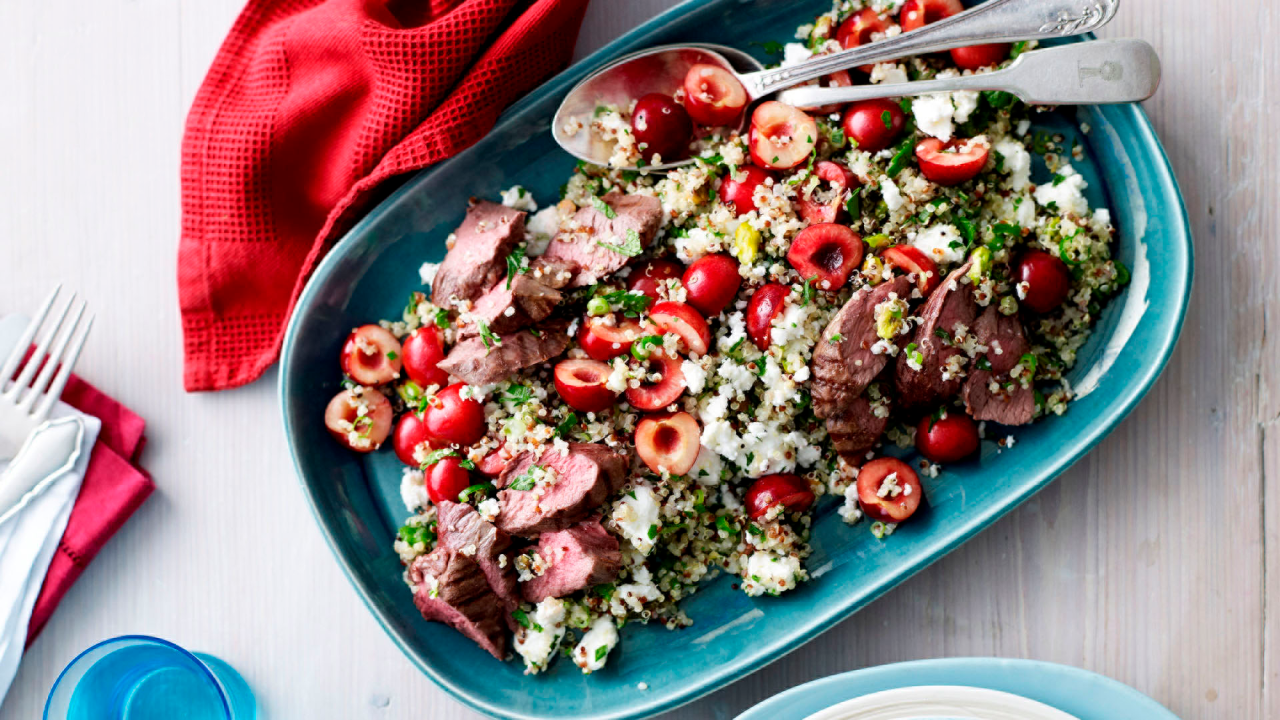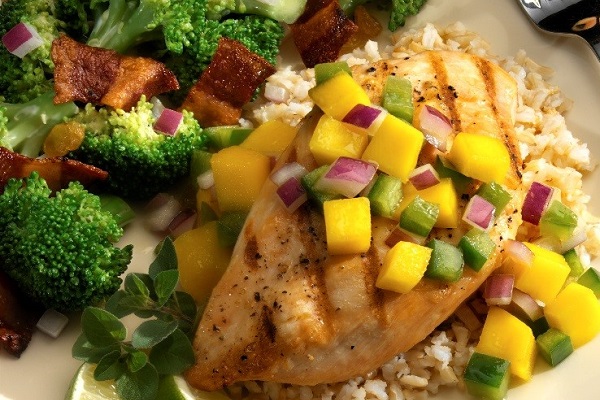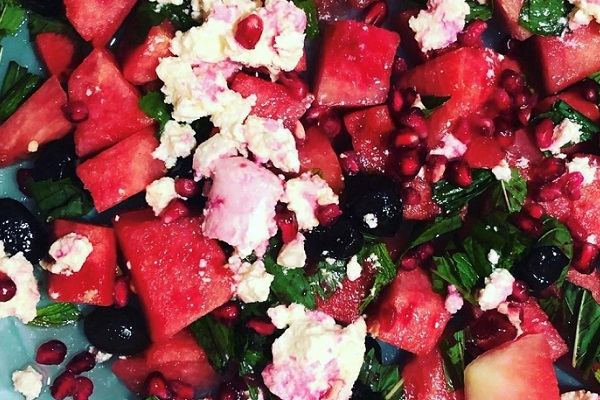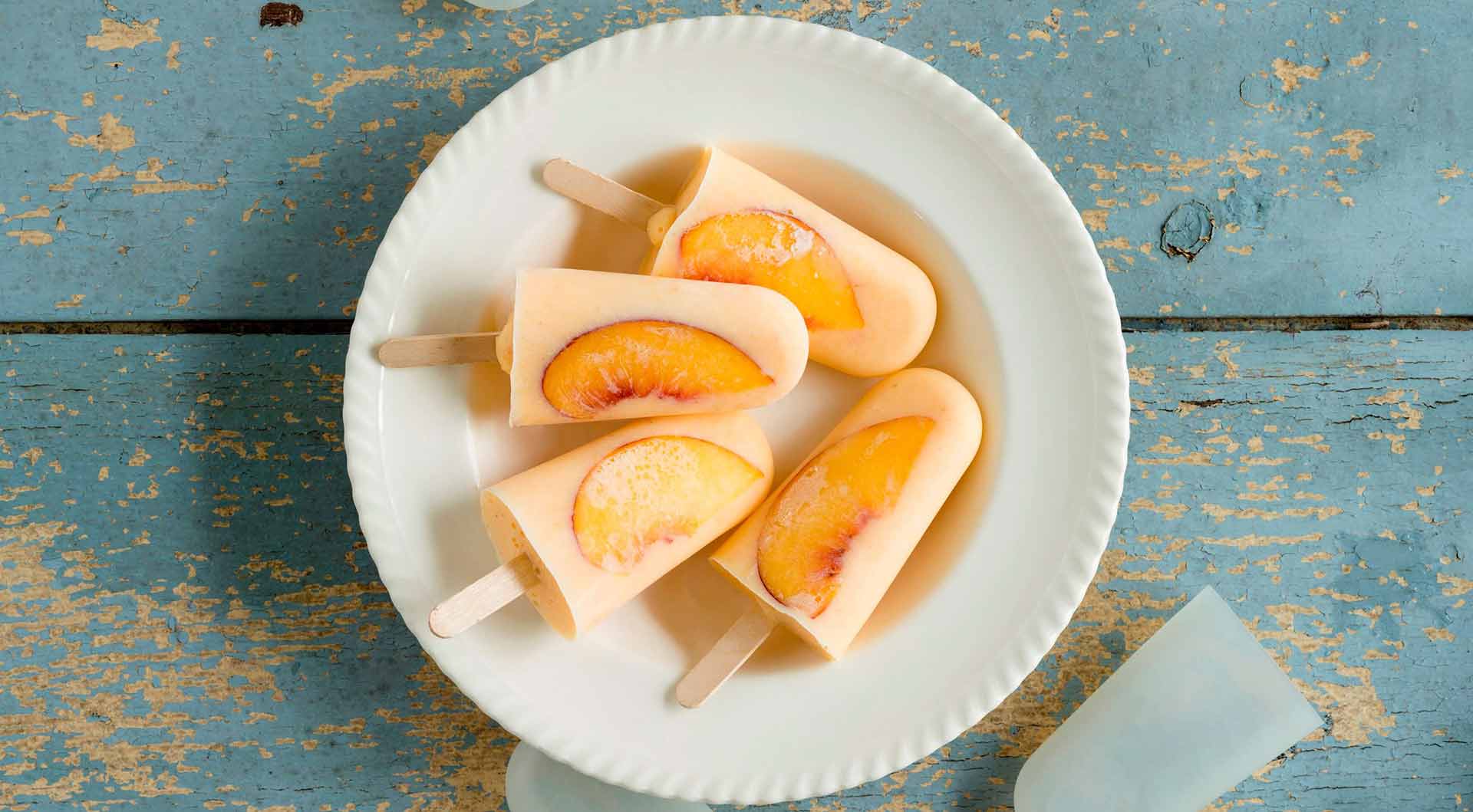-
Diabetes is the epidemic of the 21st century and presents a huge challenge to Australia's health system. 280 Australian's develop diabetes every day. That's one person every five minutes.
No special diets are required for type 2 diabetes. Healthy eating, regular physical activity and weight management are the three tools you need. Should you avoid potatoes? No. Should you avoid rice? No. Should you avoid all sugar? No. Food serves two purposes: fuel and enjoyment. It is important to remember that eating right with diabetes revolves around meal timing, portion sizes, and meal composition.
A healthy diet
Diabetes is not just about sugar. It is about eating plenty of vegetables (yes, this includes potato and sweet potato) and legumes such as chickpeas and lentils, high fibre carbohydrate foods such as brown rice, wholegrain breads and cereals, two fruits daily, reduced-fat dairy, lean protein sources and oily fish, and adding healthy fats to meals (unsaturated fats such as avocado, nuts and olive oil) and limiting saturated (unhealthy) fats found in butters, creams, desserts and takeaway. A low GI pattern of eating is recommended. This means eating carbohydrates with slow releasing energy at every meal, alongside a source of protein, good fats, and vegetables and/or fruit. Did you know that you can safely enjoy up to six eggs per week as part of a high-protein diet to improve blood sugar, fat levels and blood pressure?
Water
Hydration is essential. Drinking enough water during the day ensures optimal functioning of all your vital organs. Aim for 1.8L as a minimum, which should be increased according to the weather and level of physical activity. Find water too boring? Add a squeeze of lemon, ginger, sugar-free cordial, or a fruit-based teabag to a large bottle and sip throughout the day. As for soft drinks (diet or regular), these are a non-core food, which means that there is no space for them in the diet. Limit consumption only to special occasions. When drinking alcohol, it is important to limit yourself to two standard drinks per day as a maximum, and include 1-2 alcohol-free days per week.
Exercise
For optimal diabetes management, it is best to be involved in moderate to high intensity physical activity on most days of the week for 45-60 minutes. Start slowly and gradually increase. Even incidental activities such as taking the stairs or parking further away from the bus stop serve as a great start to a fitter and more energetic lifestyle. If you are new to exercise, seek the advice of a healthcare professional.
Diet for type 2 diabetes
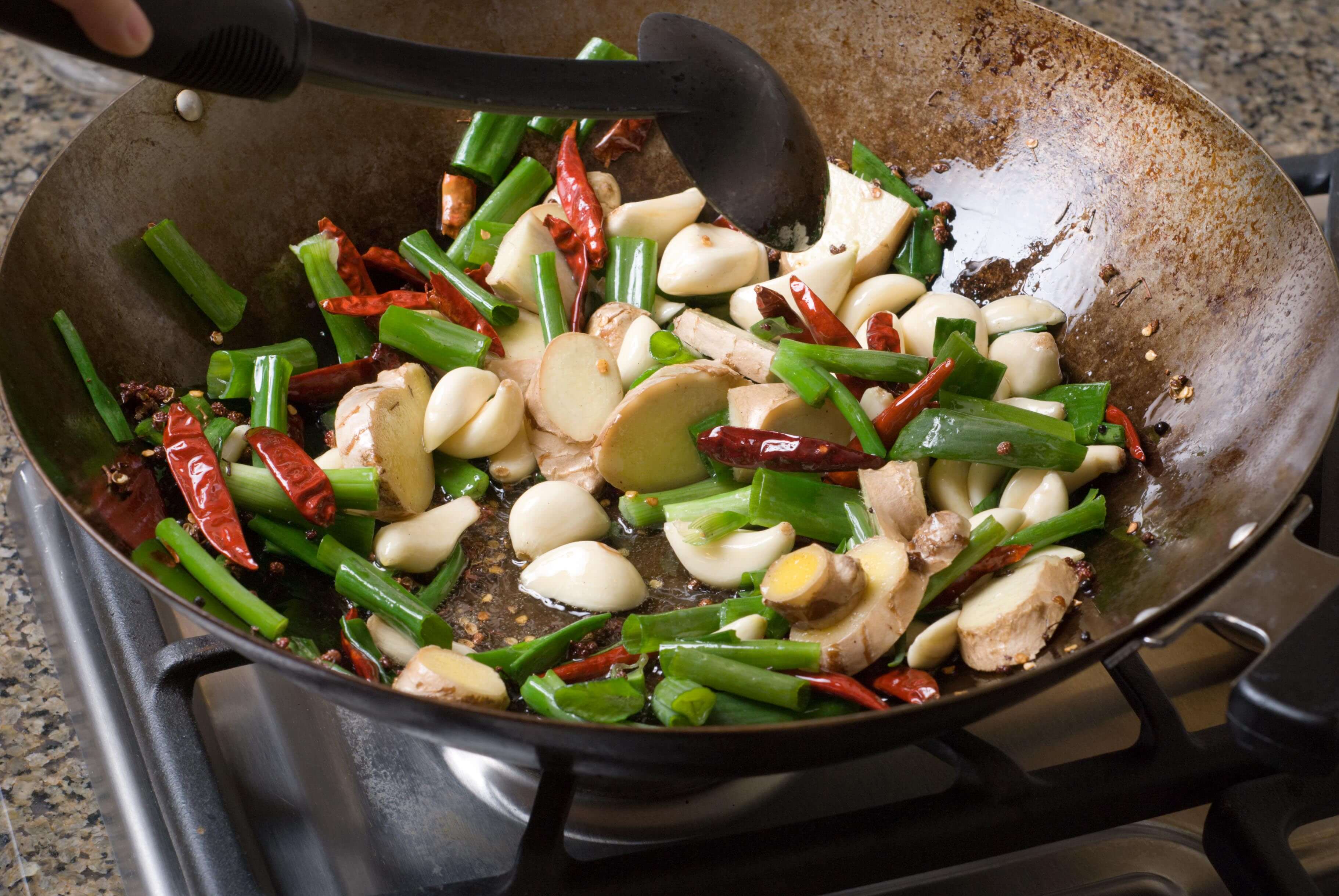
-
5 reasons to get your blender out
Soups, smoothies, sauces and more. Here we pay homage to one of the kitchen's most versatile appliances: the blender.
-
10 healthy recipes to enjoy this festive season
Trying to be healthy during the festive season can be tough. We’ve rounded up 10 of our most delicious summer recipes for you to make it easier.
-
Grilled chicken with mango and avocado salsa recipe
The flavour of the mango, lime and coriander work perfectly together to add a taste of summer to any meal.
-
Watermelon, pomegranate and olive salad recipe
You’ll be pleasantly surprised how well these flavours work together. It’s a simple and refreshing salad that will soon become a summer favourite.
-
Mocktail recipes: Five of the best
The same great taste.
-
10 delicious, low-sugar desserts
Naturally sweet ingredients are great for desserts
Subscribe to receive the best from Live Better every week. Healthy recipes, exercise tips and activities, offers and promotions – everything to help you eat, move and feel better.
By clicking sign up I understand and agree to Medibank's privacy policy

